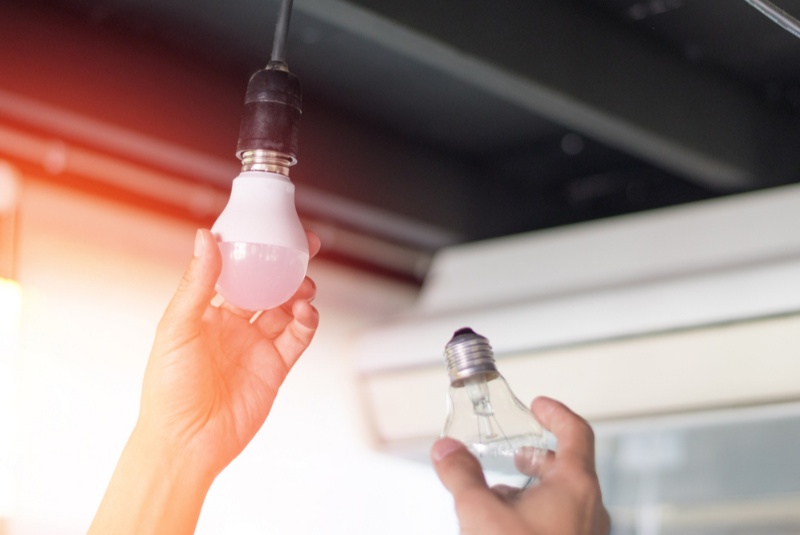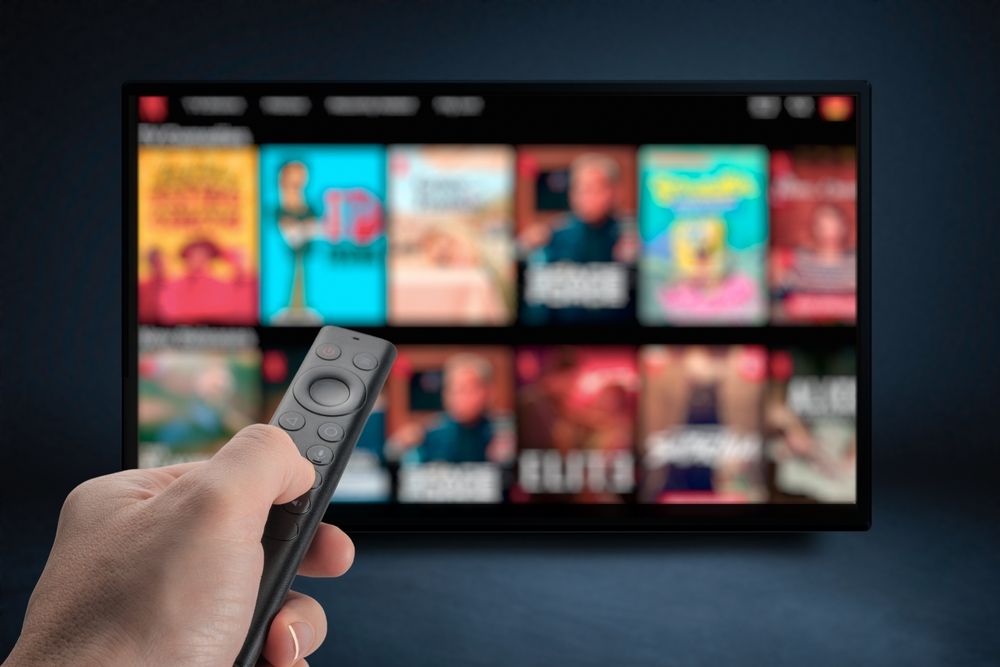With the ever-increasing cost of electricity, it's more important than ever to find ways to reduce your energy consumption and save on your monthly electric bills. By adopting a few simple energy-saving habits and making some smart investments, you can significantly cut your electricity bill in half. In this article, we'll share practical tips and strategies to help you save energy and money, without sacrificing comfort or convenience.
- Conduct a Home Energy Audit
The first step to reducing your energy bill is to identify where your home is losing energy. A home energy audit will provide you with a comprehensive analysis of your home's energy use and identify areas where you can make improvements. You can either hire a professional energy auditor or conduct a DIY audit using online resources and guides.
- Seal Gaps and Cracks
Sealing gaps and cracks around doors, windows, and other openings is essential to preventing drafts and heat loss. Use weatherstripping, caulk, or foam sealant to seal gaps around windows, doors, and baseboards. For larger gaps, consider installing door sweeps or draft stoppers. Not only will this help keep your home more comfortable, but it can also significantly reduce your energy consumption.
- Insulate Your Home
Proper insulation is key to maintaining a comfortable temperature in your home and reducing your energy bills. Insulation materials like fiberglass, cellulose, or spray foam can help keep your home warm in the winter and cool in the summer by minimizing heat transfer. Pay special attention to the attic, walls, and basement or crawlspace, as these areas are often under-insulated.
- Upgrade to Energy-Efficient Appliances
Energy-efficient appliances use significantly less energy than older, less efficient models. When it's time to replace your appliances, look for the ENERGY STAR label, which certifies that the product meets strict energy efficiency guidelines set by the U.S. Environmental Protection Agency. Upgrading to energy-efficient appliances can save you hundreds of dollars per year in energy costs.
- Use a Programmable or Smart Thermostat
A programmable or smart thermostat allows you to set different temperatures for different times of the day, automatically adjusting your home's temperature to save energy when you're not there or when you're asleep. This can lead to significant savings on your heating and cooling costs. Plus, many smart thermostats can be controlled remotely using your smartphone, making it easy to adjust the temperature while you're away.
- Replace Incandescent Bulbs with LED Lights
LED lights use up to 80% less energy than incandescent bulbs and last much longer, making them a smart investment for reducing your energy consumption. Replace your incandescent bulbs with energy-efficient LED lights to save on your electric bill and minimize the need for frequent bulb replacements.
- Unplug Electronics and Appliances
Many electronics and appliances continue to draw power even when they're turned off or in standby mode. This phenomenon is known as "vampire power" and can account for up to 10% of your home's energy consumption. Unplug chargers, electronics, and small appliances when they're not in use, or use smart power strips to automatically cut power to devices that aren't being used.
- Use Energy-Efficient Window Treatments
Window treatments like blinds, shades, and curtains can help insulate your home, block sunlight, and reduce heat transfer. Look for energy-efficient window treatments with insulating properties to help keep your home comfortable and reduce your energy consumption.
- Install Solar Panels
Solar panels are an excellent investment for long-term energy savings. By generating your own electricity, you can reduce or even eliminate your dependence on the grid, leading to significant savings on your electric bill. While the initial cost of solar panels can be high, government incentives and the long-term savings on your energy bills can make this a worthwhile investment. Plus, you'll be reducing your carbon footprint and contributing to a more sustainable future.
- Maintain Your HVAC System
Regular maintenance of your heating, ventilation, and air conditioning (HVAC) system is crucial for optimal performance and energy efficiency. Replace filters every 1-3 months, depending on the type of filter and the amount of use. Schedule annual checkups with a professional HVAC technician to ensure your system is running efficiently and to address any potential issues before they become costly problems.
- Use Ceiling Fans
Ceiling fans can help circulate air in your home, making it feel cooler in the summer and warmer in the winter. This can reduce your reliance on air conditioning and heating systems, ultimately saving energy and lowering your electric bill. Remember to adjust the direction of your fan blades seasonally: clockwise during the winter to push warm air down and counterclockwise in the summer to create a cooling effect.
- Plant Trees and Install Awnings
Strategically planting trees and installing awnings can provide natural shade to your home, reducing the need for air conditioning during hot summer months. Trees can also act as windbreaks, protecting your home from cold winds in the winter and helping to reduce heating costs.
Cutting your electric bill in half doesn't have to be a daunting task. By following these energy-saving tips, you can make a significant impact on your monthly expenses and contribute to a more sustainable future. Start with small changes, like replacing light bulbs and sealing gaps, and gradually work your way up to larger projects like upgrading appliances and installing solar panels. Remember, every little bit helps, and your wallet and the environment will thank you in the long run.





